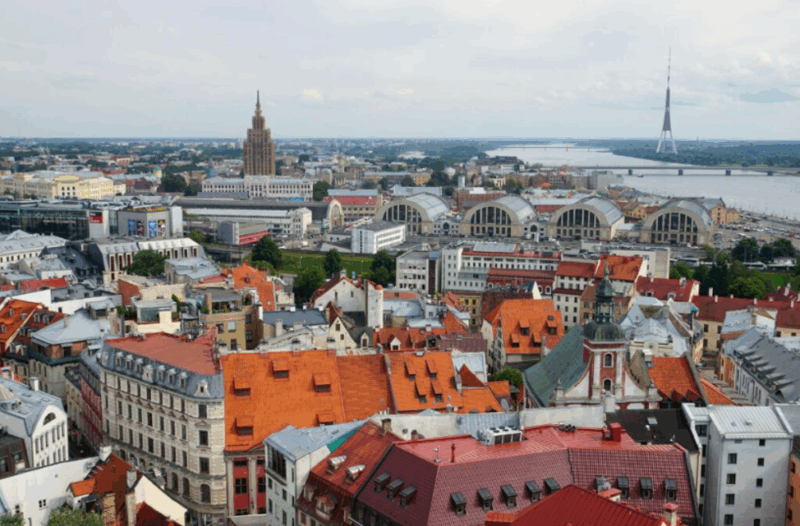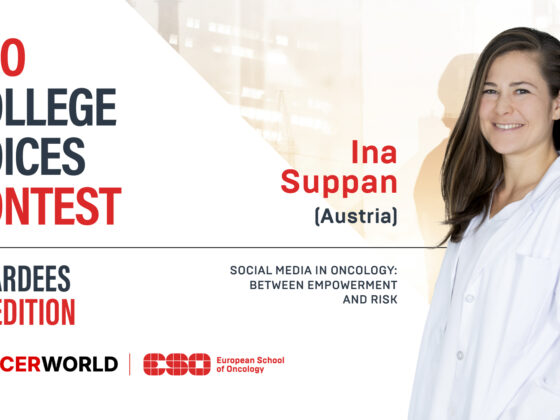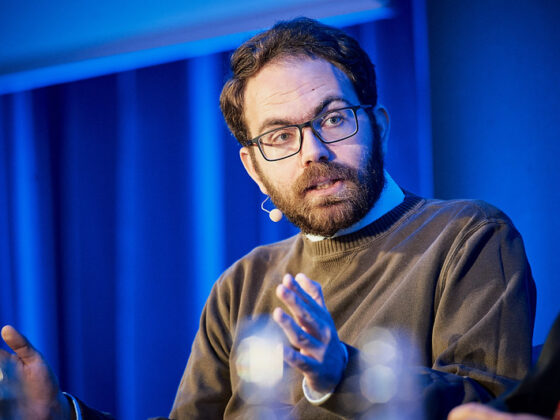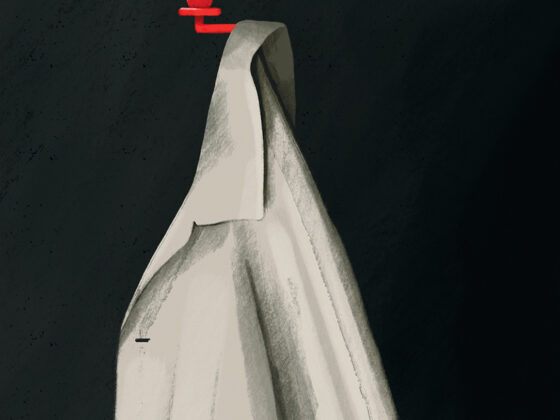Latvia consistently ranks among the European Union’s most troubled countries when it comes to cancer. The country lags behind EU countries on many cancer risk factors and also has one of the biggest gender disparities on the continent, with men having a particularly high incidence.
According to 2021 Eurostat data, the country has the third-highest overall cancer death rate in the bloc (283.5 deaths per 100,000 inhabitants), surpassed only by Hungary (309.9) and Croatia (308.2). And yet, according to data from The Lancet and Eurostat, Latvia reports some of the lowest death rates in the EU for several of the most lethal cancers, including colorectal, breast, and lung cancer. Is this a hidden success story, or something else entirely?
Latvia’s Cancer Problem
No matter how you look at it, Latvia’s cancer burden is stark compared to its European counterparts. OECD data from 2022 paints a slightly different picture than Eurostat, but also confirms Latvia as one of the countries with the highest cancer burdens on the continent. Latvian men, in particular, have much higher rates than the continental average.
Part of this problem comes from behavioral risk factors. Latvia has the dubious honor of having the highest level of alcohol consumption in the EU. This is particularly pronounced among men, with one in four reporting monthly binge-drinking episodes. Tobacco consumption is also a critical public health challenge. Despite a decline from a peak of 45.4% in 2000, the smoking rate in 2022 was still 33.9%, well above the EU average.
Physical inactivity further compounds these risks. Studies have consistently shown that a large portion of the Latvian population leads a sedentary lifestyle. In 2013, 71% of women and 66% of men reported that they never or seldom engage in physical activities. More recent data from 2018 indicates that a sufficient level of physical activity is observed in less than 6% of adults.
All these behavioral risks are what’s driving Latvia’s cancer incidence (and mortality) up. Environmental factors (like pollution) and genetics don’t seem to be particularly impactful, though they do not account for historical pollution, particularly from when Latvia was still a part of the USSR. Overall, Latvia has one of the highest rates of preventable mortality in the OECD and EU, and this also shows up in cancer statistics.
The high burden of risk factors in Latvia is further accentuated by an under-resourced healthcare system, which, despite pockets of success, still struggles with key aspects of cancer control, particularly in prevention and early detection. The performance of Latvia’s national cancer screening programs is a central and unifying driver of its poor overall cancer outcomes. Participation rates in colorectal screening programs, for instance, are just over 19%, compared to a EU target rate of over 45%. Several other cancer types also have chronically low participation rates, and the country’s overall investment in cancer is also among the lowest in Europe.
Yet surprisingly, Latvia has the highest survival rate for lung cancer and pancreatic cancer, and one of the highest survival rates in ovarian cancer.
A Complex Relationship With Hidden Variables
Data from the CONCORD-3 study, published in The Lancet in 2018, put Latvia among the highest survival rates for several types of cancer.
The case of colorectal cancer (CRC) in Latvia presents one of the most intriguing examples. Across Eastern Europe, survival rates are low, yet Latvia’s are among the highest. Furthermore, men, who in Latvia seem to have a disproportionately high burden, recorded the very lowest share of deaths from CRC in the entire EU.
Colorectal cancer screening in Latvia is primarily opportunistic. Screening is primarily offered through GPs as part of general prevention and is not a population-based program like cervical and breast cancer screening. While the state provides funding for screening tests for individuals aged 50-74, participation rates remain low.
This seems to hint at the existence of a powerful, population-level protective factor, and not a treatment effect. In the case of CRC, diet could be a part of the explanation. The Latvian diet is uniquely characterized by high consumption of dark rye bread (rupjmaize) and fermented foods. A substantial body of scientific evidence supports the chemopreventive properties of whole-grain rye. It is exceptionally rich in dietary fiber, which increases fecal bulk, shortens intestinal transit time, and dilutes potential carcinogens. The fermentation of rye fiber by gut microbiota produces high levels of short-chain fatty acids (SCFAs), particularly butyrate, which has been shown to inhibit the growth of cancer cells.

Yet, as tempting as it is to attribute a victory to diet, this has not been investigated at the population level in Latvia and is speculative. Furthermore, diet does little to explain the other apparent paradoxes.
The fact that Latvia also reports surprisingly high survival rates for pancreatic cancer, ovarian cancer, and lymphoma is even more perplexing. These are unrelated cancers, and everything from low spending to poor access to individual risk factors would lead to the contrary assumption. The case of lung cancer is even more striking, as Latvia has a long and well-documented history of high smoking prevalence.
All this seems to suggest the argument for a systemic reporting anomaly rather than a specific clinical success in lung cancer. Latvia’s seemingly low death rates for certain cancers may be statistical masking, with many cancers (and especially aggressive cancers) simply escaping diagnosis. This also seems to be supported by the low confirmation rate of lung cancers. The potential misclassification of causes of death (particularly in lung cancer cases) contributes to underreported incidence and mortality, artificially ballooning survival rates.
Ultimately, the Latvian cancer paradox seems to be less a story of hidden success and more a cautionary tale about the limitations of data. The high survival figures for some of its deadliest cancers could be a statistical mirage, created by a healthcare system where many patients fall through the cracks.
Before any clear conclusions can be drawn, the fundamental challenge remains to build a system robust enough to accurately see the problem it needs to solve. Only with clear, reliable data can Latvia begin to truly address the heavy and preventable burden of cancer that continues to claim its citizens.
Featured photo credits: Unsplash (CC BY 3.0).












